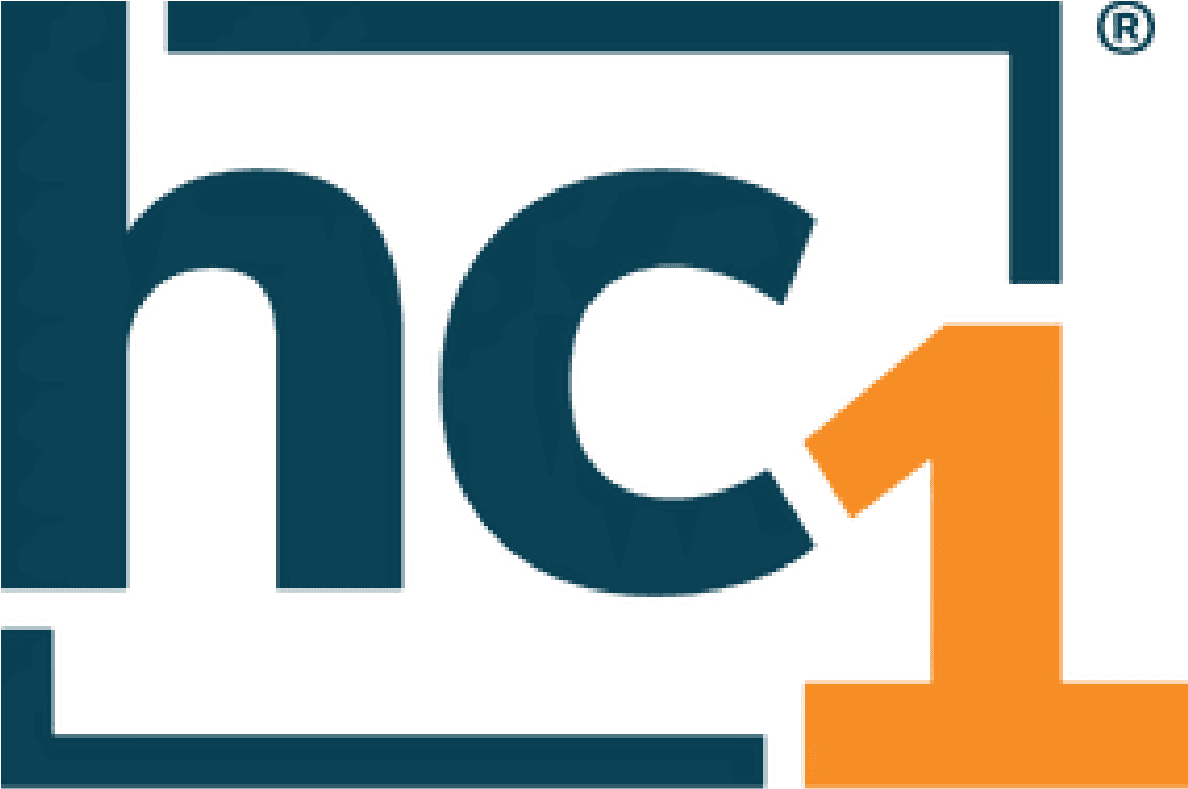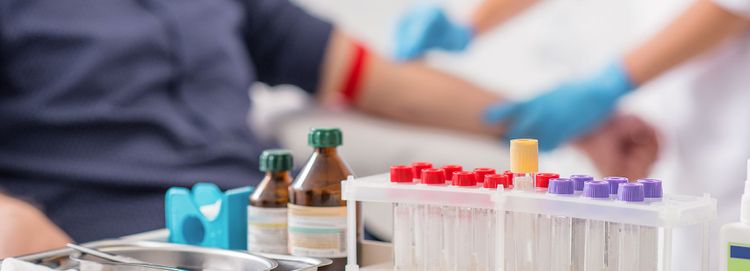August 30, 2019
Opioid take-back days and safe disposal sites are becoming common sights in many communities, but why? Why is having an extra bottle of pills on the shelf such a big deal? Why is keeping medication on the kitchen counter or in easy reach such an issue?
- Every 10 minutes a child visits the emergency room for medication poisoning.
- Three in five teens say prescription pain medication is easy to get from their parents’ medicine cabinet.
- 5 million people age 12 and older misused opioids in the last year.
Whether there are children or teens in the home or not, opioids in plain sight or in a convenient location like a kitchen or medicine cabinet can be quickly and quietly stolen by visitors, housekeepers, home repairers and even family or friends. As a rule, medications should always be stored and disposed of safely. Healthcare providers should coach patients on safe storage and disposal habits when first prescribing medication and at least once a year as a reminder for patients who regularly take medication.
Some key dos and don’ts:
- Do keep controlled medications in a secure, discreet location in the home. A locked container is preferable. Store the key or combination separately.
- Do keep medication out of plain sight and out of reach of visitors, children, pets, friends and family.
- Don’t tell anyone (including family members) not directly involved in care that controlled medications are in the home. Even when picking up medications at the pharmacy, keep conversations about controlled medications private.
- Do be discreet in taking medication, especially when doing so when others are nearby or in a public location, such as a restaurant.
- Do dispose of expired or no longer used medication safely. Many retail pharmacies and police departments have convenient facilities for safe disposal. To find a location, Google “Drug Disposal Location Near Me” or visit the National Association of Boards of Pharmacy Drug Disposal Locator.
More information for patients and healthcare providers:
- S. Food and Drug Administration, Ensuring Safe Use of Medicine
- Centers for Disease Control and Prevention, Medication Safety Program
- American Academy of Family Physicians, Safe Use, Storage and Disposal of Opioid Drugs
- American Medical Association, Five Tips for Safely Storing Opioids at Home
- Michigan Opioid Prescribing Engagement Network













